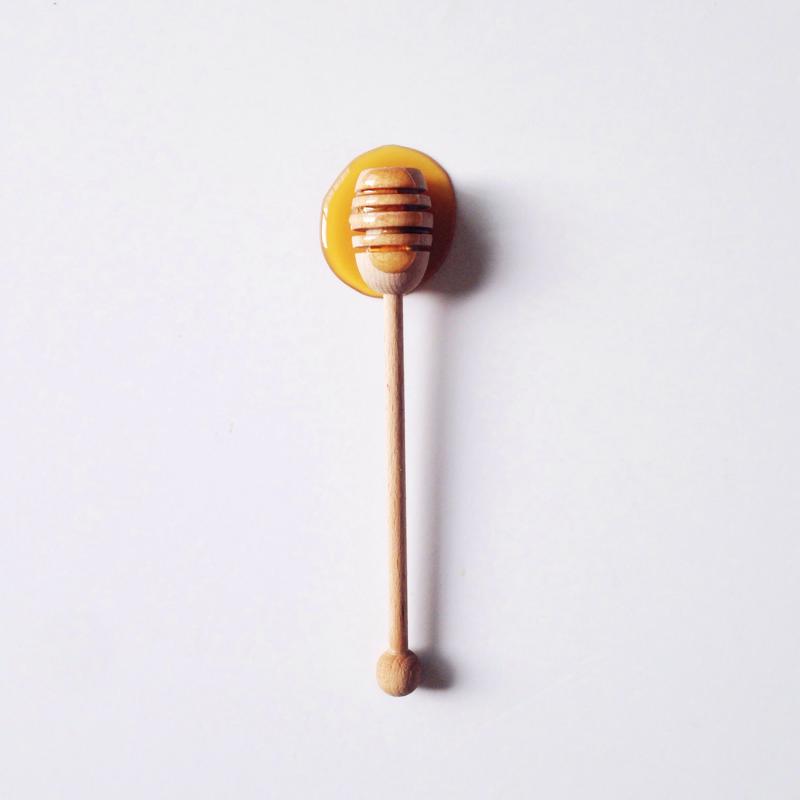Humans have harvested honey for nearly 10,000 years, meaning the very first farmers likely kept bees, according to the BBC. Honey is as relevant today as it was all those millennia ago. This extraordinary byproduct of nectar is a staple in any kitchen, one that happens to be healthier and more sustainable than most other sweeteners. It also has an unmatched shelf-life, with archeologists having discovered perfectly preserved honey pots in Egyptian tombs that date back thousands of years. As the Smithsonian put it, “one could ostensibly dip into a thousand year old jar of honey and enjoy it, without preparation, as if it were a day old.”
Of all its most distinguished properties, though, none is as timeless as the deliciousness of this sweetener borne of nectar and the toil of bees. Boulder culinary students who aren’t utilizing honey in their dishes are missing a huge opportunity to incorporate an ingredient that our kind has harvested for as long we’ve been harvesters.
Varying flavor profiles
One of honey’s unique properties is that its flavor will vary based on the type of nectar it was made from. For example, Food Network recommends using a mild acacia honey in fruit salads, a lavender honey for sauces and salad dressing, and orange blossom for cakes and cookies. There are more than 300 types of honey in the U.S. alone, according to the National Honey Board, creating plenty of opportunities to enhance and complement certain flavor profiles with a level of nuance that would be impossible for most other sweeteners.
The best to way to get honey with a consistent flavor is to order single-variety honeys that complement specific items on your menu. A single-varietal honey is the product of bees having gathered pollen from the same type of flower. This is usually accomplished through the concerted effort of beekeeper, who will strategically position their hives in certain orchards or near populations of specific flowers, and then closely monitor the types of pollen that the worker bees bring back to the hive.
Single-varietal or not, honey is sweeter than sugar, meaning you can use less of it to achieve the same level of sweetness. It may also change the texture of certain foods, which may or may not have a desired effect. Many baked goods, for instance, may become moister and denser when honey is used in place of sugar.
 A little honey can go a long way in the culinary arts.
A little honey can go a long way in the culinary arts.Cooking with honey
Substituting sugar for honey in baked goods is only one of many ways honey can improve your recipes. It can also be used in a variety of roasted dishes to provide a crispy glaze, like in this honey-roasted carrot dish from Southern Living. Alternatively, you can use honey in your marinades for grilled meats to create dishes like this grilled honey lime cilantro chicken from The Recipe Critic. Another great use for honey is in creating new types of dips to accompany certain dishes. A honey mustard dipping sauce, for example, will go great on certain chicken sandwiches, burgers or even with French fries. Then there are honey-based salad dressings – honey-lemon dressing and balsamic vinegar and honey dressing just to name a couple.
Last but not least, honey is also great for drizzling on just about anything. Use it to top off a parfait. Drizzle it over toast slathered in ricotta to give customers a surprise bite of sweetness. Top off your honey-inspired dishes, like these fried Greek honey puffs from allrecipes, because why not? There are so many great things that you can do with honey. Whether you use it as a condiment or as main ingredient, don’t forget about the extra something that honey can bring to your menu items.




